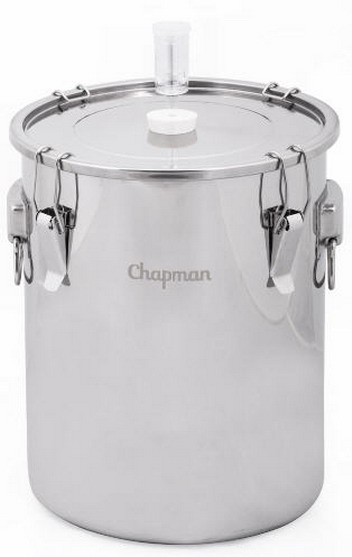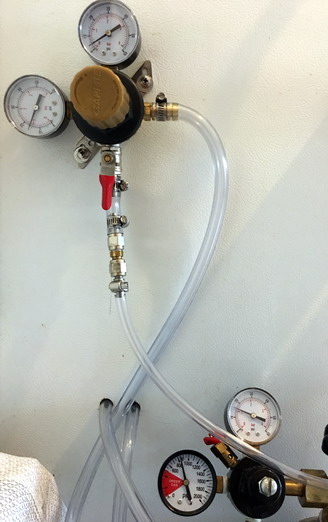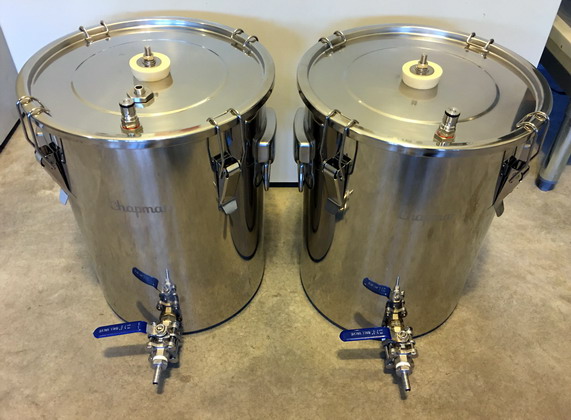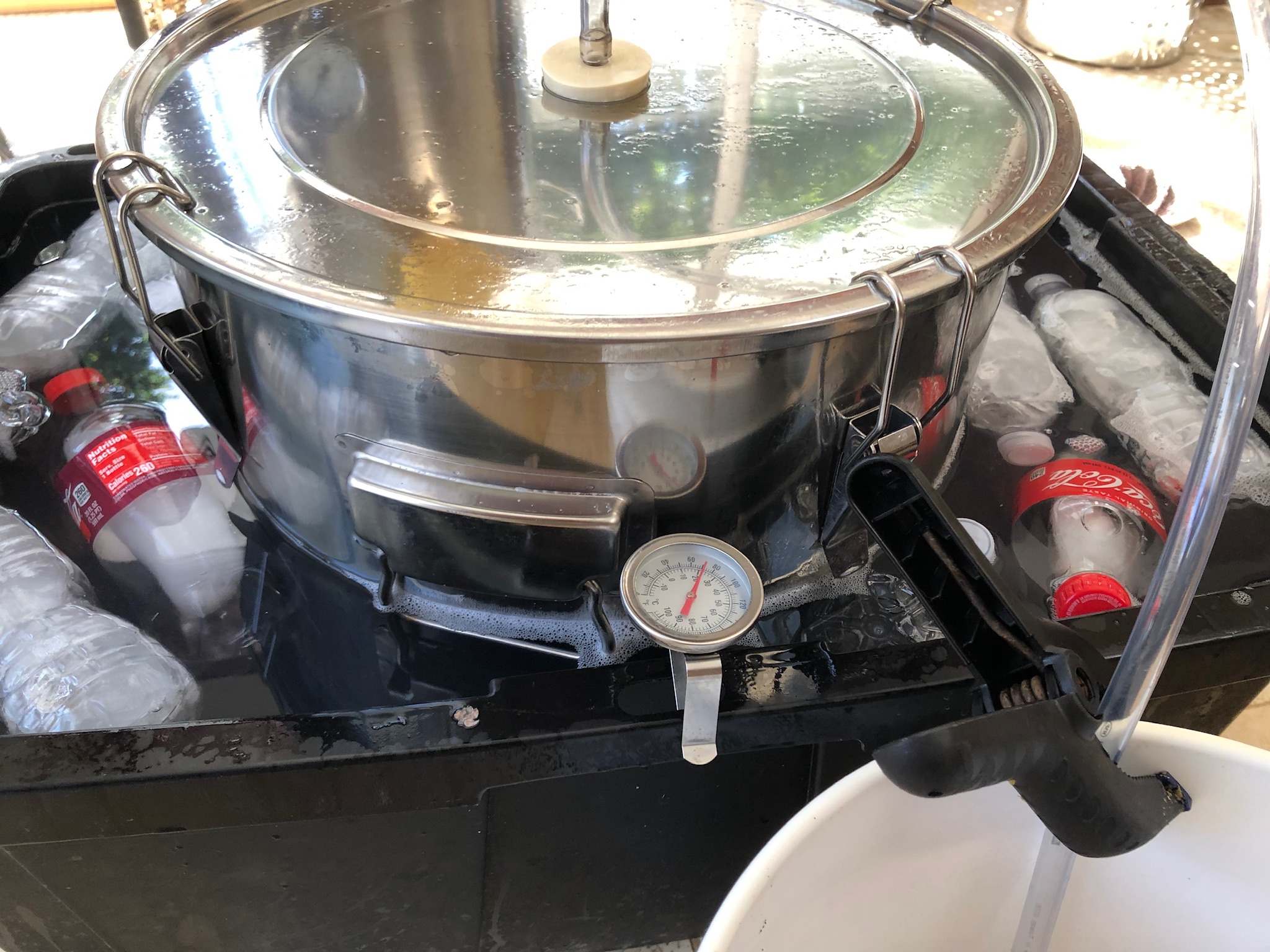I am looking at Chapman seven and fourteen gallon fermenters to use for closed transfer kegging. Is anyone currently using either size?
Advertised as a seven gallon fermenter having a twelve inch inside diameter and 16 inch height should hold 7.83 gallons. At this point any information about using these fermenters will be helpful.
Advertised as a seven gallon fermenter having a twelve inch inside diameter and 16 inch height should hold 7.83 gallons. At this point any information about using these fermenters will be helpful.





























![Craft A Brew - Safale S-04 Dry Yeast - Fermentis - English Ale Dry Yeast - For English and American Ales and Hard Apple Ciders - Ingredients for Home Brewing - Beer Making Supplies - [1 Pack]](https://m.media-amazon.com/images/I/41fVGNh6JfL._SL500_.jpg)




































